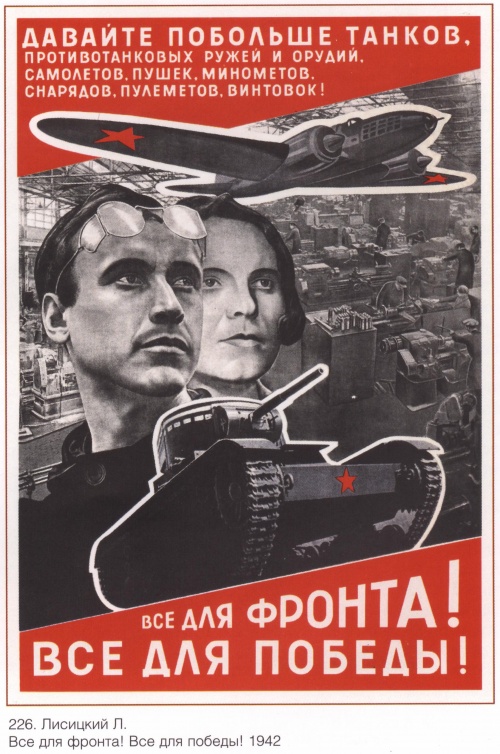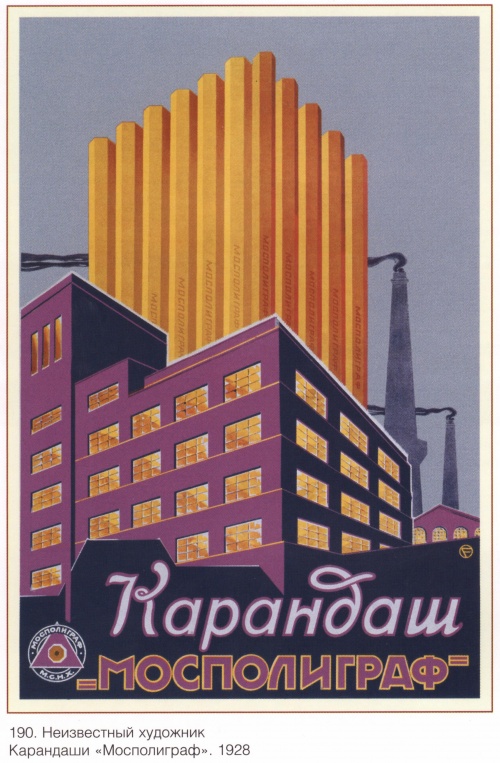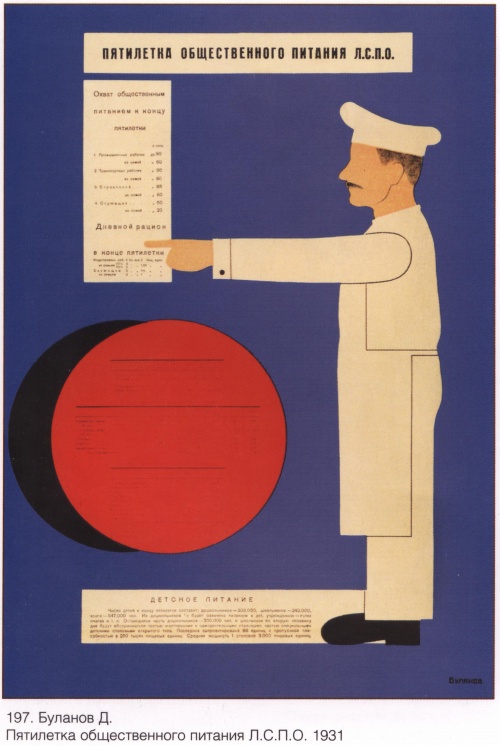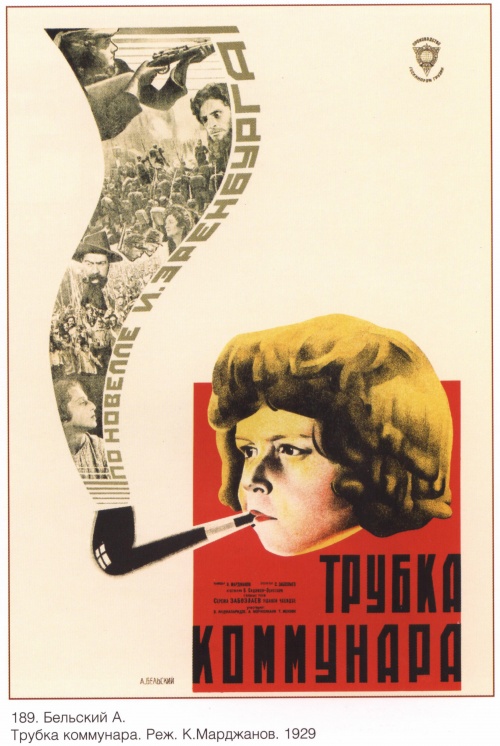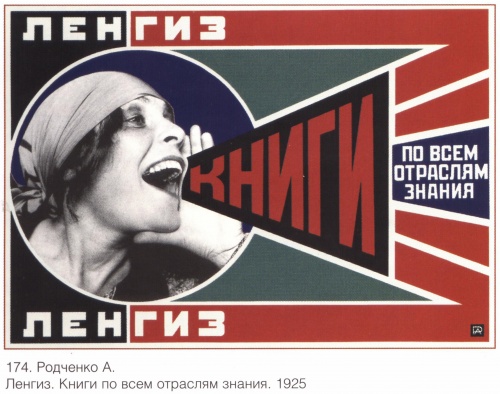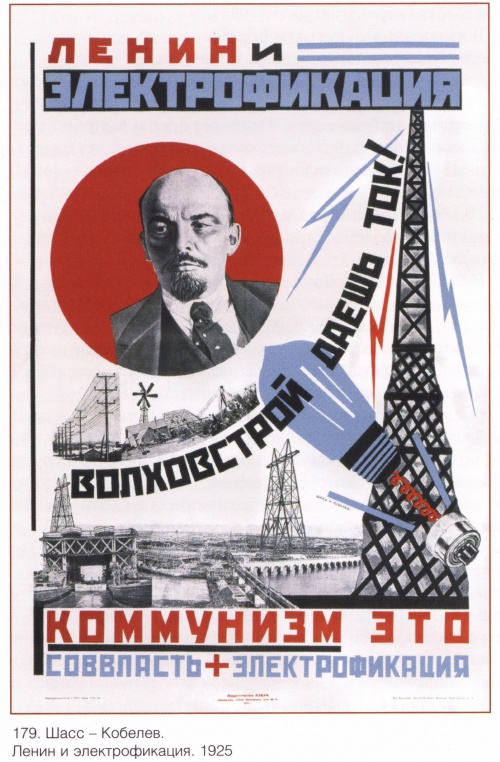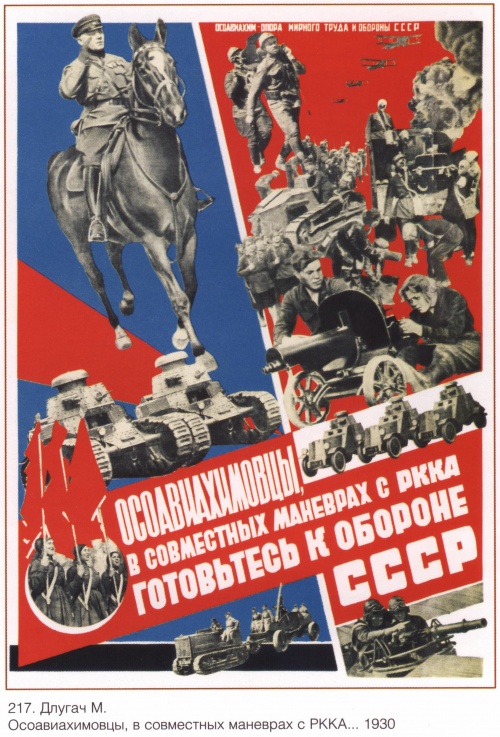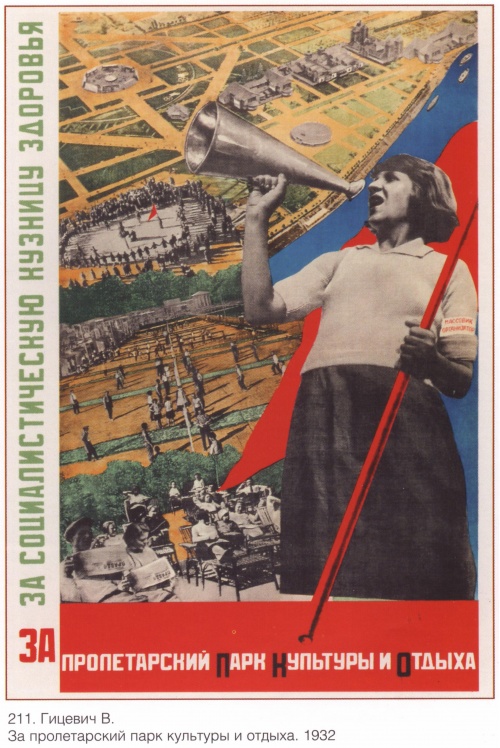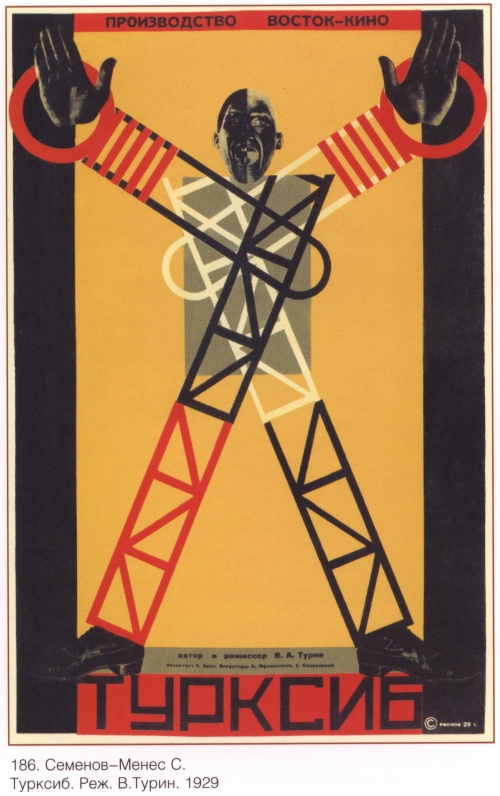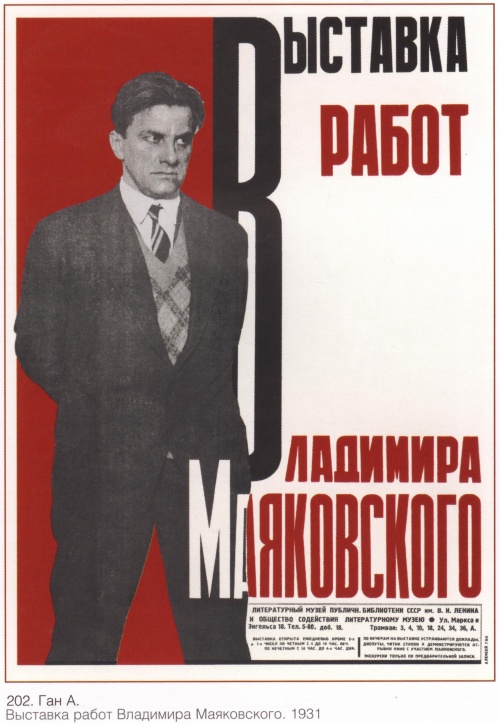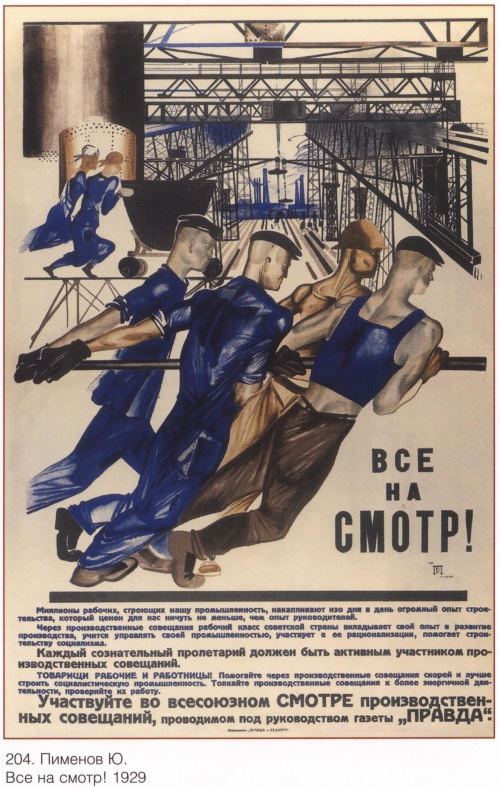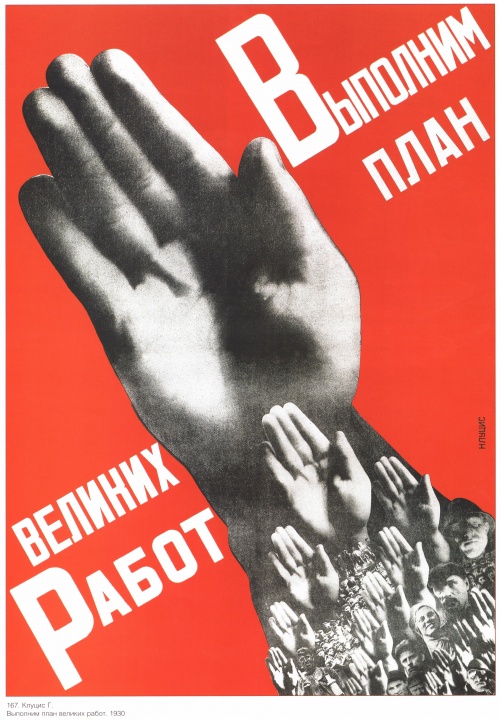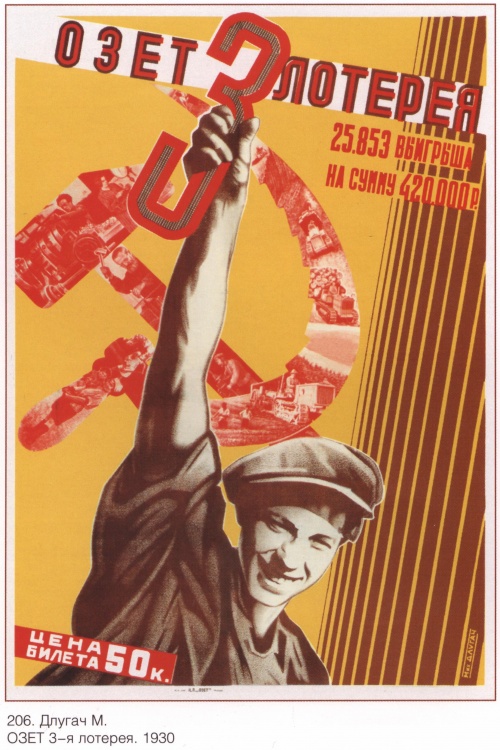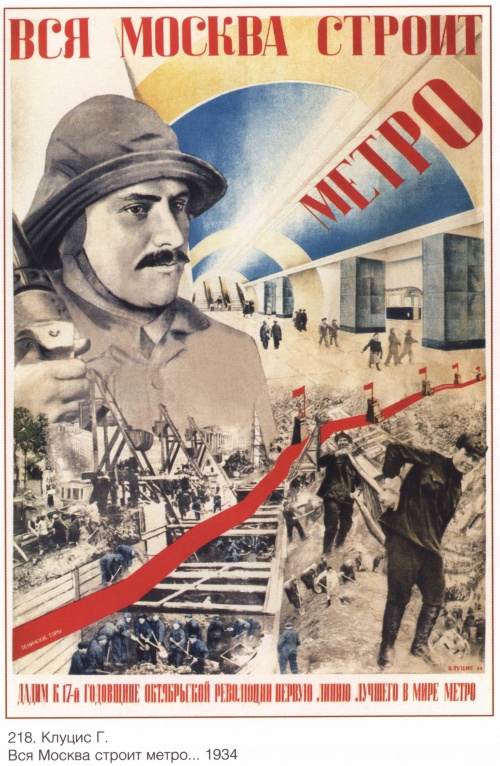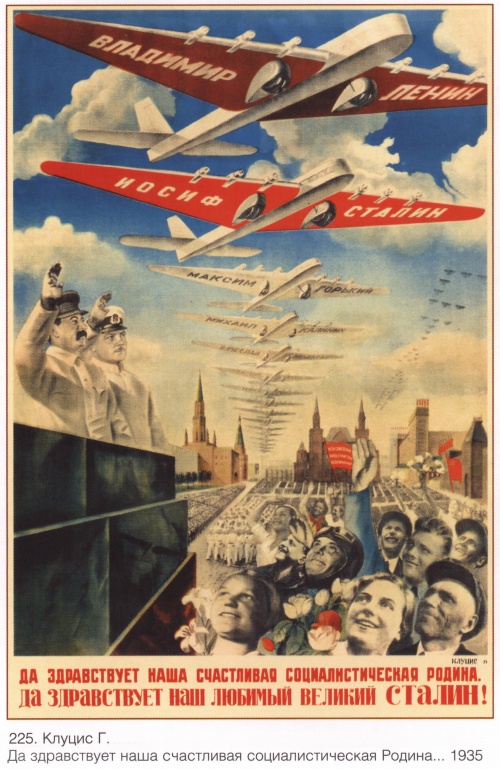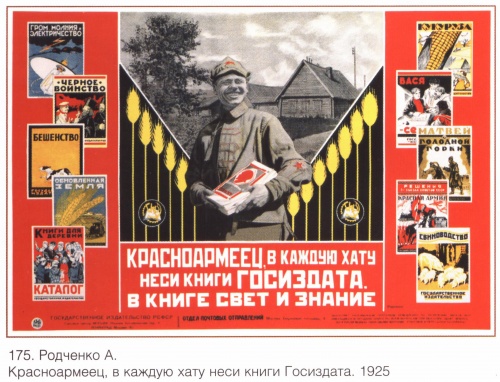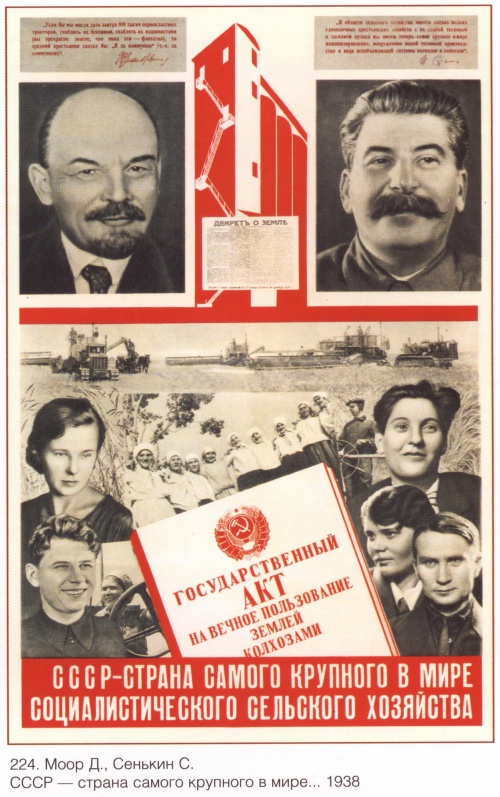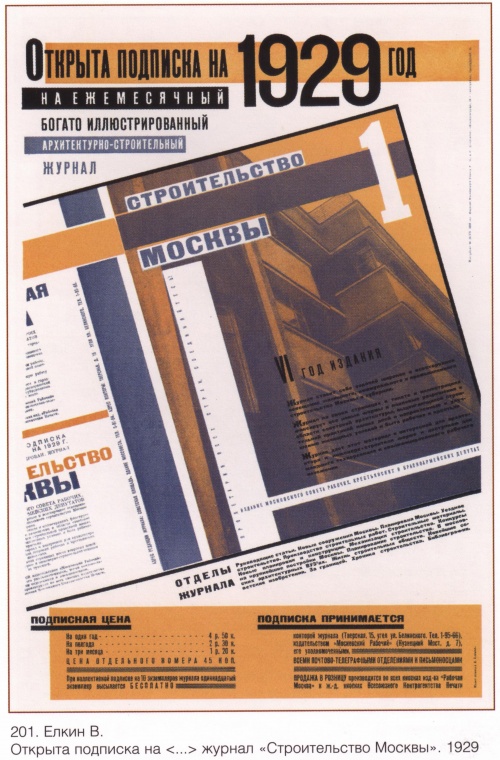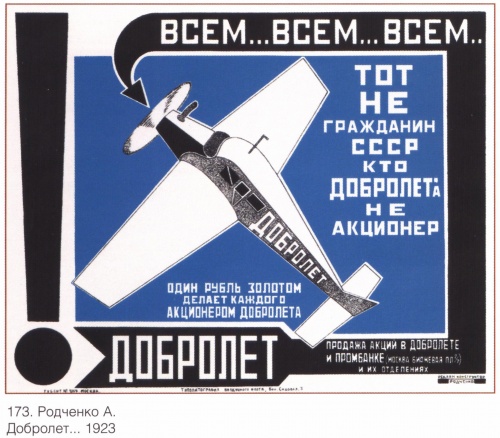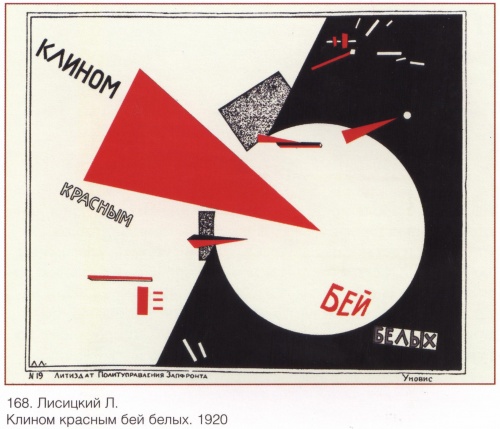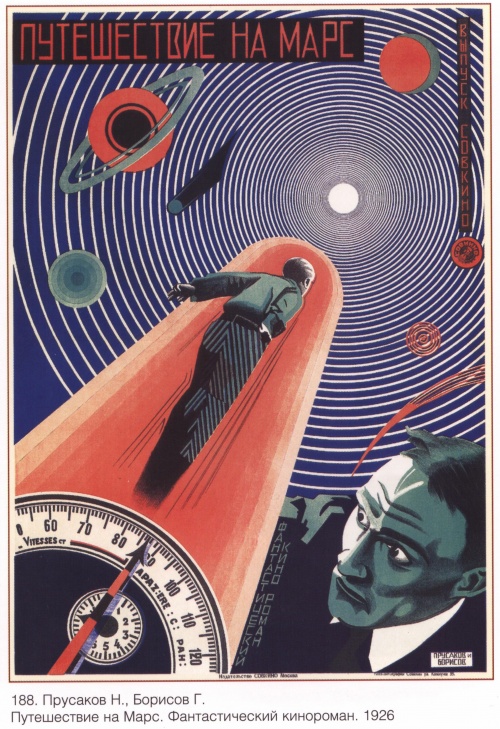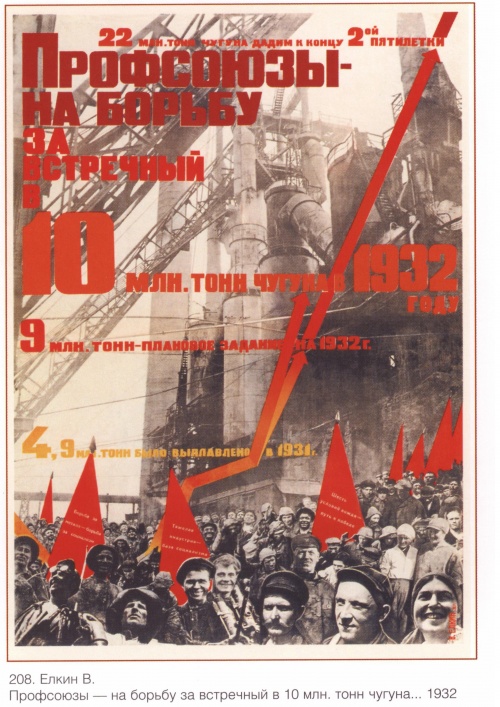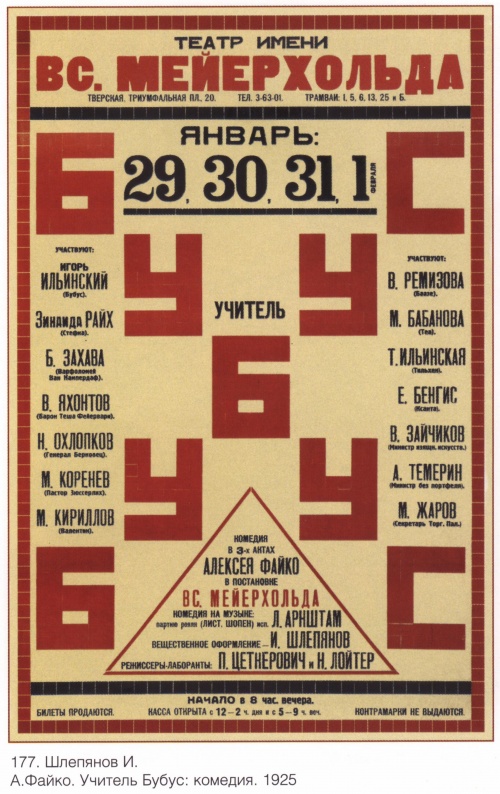The art of propaganda: Russian and Soviet posters (379 posters) (part 1)
Разрешение картинок от 1365x3508px до 3828x5221px
A selection of high quality posters, most of them Soviet, of various subjects, from the album "600 Posters". Some of them are familiar to you - they have become so popular that they are still used in various types of advertising and campaigning. But you will probably find something new...
It is believed that the poster arose as a result of the evolution from type-written theater posters and announcements, on which ornament and figured images occupied an increasing place in Western Europe in the 2nd half of the 19th century.
Until the 2nd half of the 19th century, large engravings that served a propaganda role were sometimes called posters (for example, “flying sheets” during the Peasants’ War and the Reformation in Germany).
At the beginning of the 20th century, for advertising posters there became a clear tendency towards a substantive, specific image of the advertised object. Gradually, poster graphics became a powerful tool for influencing political, cultural, and economic life. It most clearly reflects the life values of peoples and generations.
During the First World War (1914-1918), the propaganda poster became widespread. It was used to promote conscription into the army, subscription to war loans, assistance to the wounded, etc.
In the 1920-1930s, political posters actively developed. This time is characterized by being imbued with revolutionary pathos.
Since the 1930s, posters have become a popular means of promoting safety in industry and construction. In the late 30s and 40s, election posters of the Communist parties and anti-fascist posters appeared, and after the end of World War II, posters in defense of peace appeared.
The style of the poster actively includes painting, graphics and photography.
The growth in popularity of the poster is associated with an increase in socio-political and cultural life (the development of entertainment institutions, an increase in the number of industrial and art exhibitions, with the advent of rallies and demonstrations). Back then, posters were created by hand or using lithography. A modern poster is usually a printing reproduction of a single image.
A special place among advertising posters is occupied by posters advertising films (film posters). This variety appeared thanks to the development of cinema. Initially, film posters were created based on the display of individual frames of a film. Later, imagery was added to the poster, the desire to show the main characters, convey the genre of the film, etc....
Soviet posters are literally visual aids aimed at explaining a specific issue, such as the attitude of the Soviet government to current events, in an accessible form. Together with radio and newspapers, they were means of propaganda, influencing the consciousness and mood of people in order to encourage them to political or other activity. The nature of Soviet posters changed with the historical development of the USSR. Soviet posters are undoubtedly works of fine art and reflect elements of the Soviet cultural heritage.
